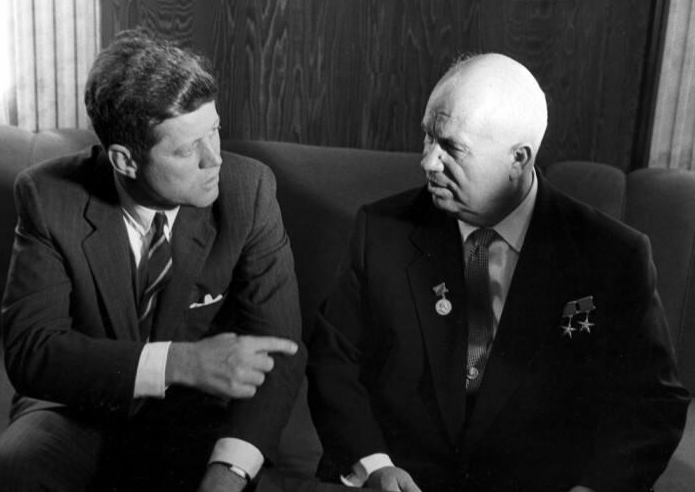Though tourism officials continually concoct ever more elaborate draws to the city, true aficionados know that the best reason to come is simply to enjoy the easy life here. Chock-full of excellent local retailers and a few important national ones like Saks Fifth Avenue and Tiffany, downtown Portland also offers that added Oregon value of no sales tax.
Getting to and from the city’s airport or train station is a cinch; both are serviced by mass transit, including the new Air MAX light-rail line. But despite its well-justified reputation for enlightened transit options, to truly see Portland’s rich stock of neighborhoods and take advantage of the spectacular natural scenery, you still need a car.
Winter and spring are rainy, and July Fourth frequently a cloudy disappointment. Nevertheless, the spring bloom of the fertile Willamette Valley is something to behold. Summers are mild and largely dry, but the longest season is Indian summer, lasting well into October with spectacular deciduous colors turning against evergreen backdrops.

